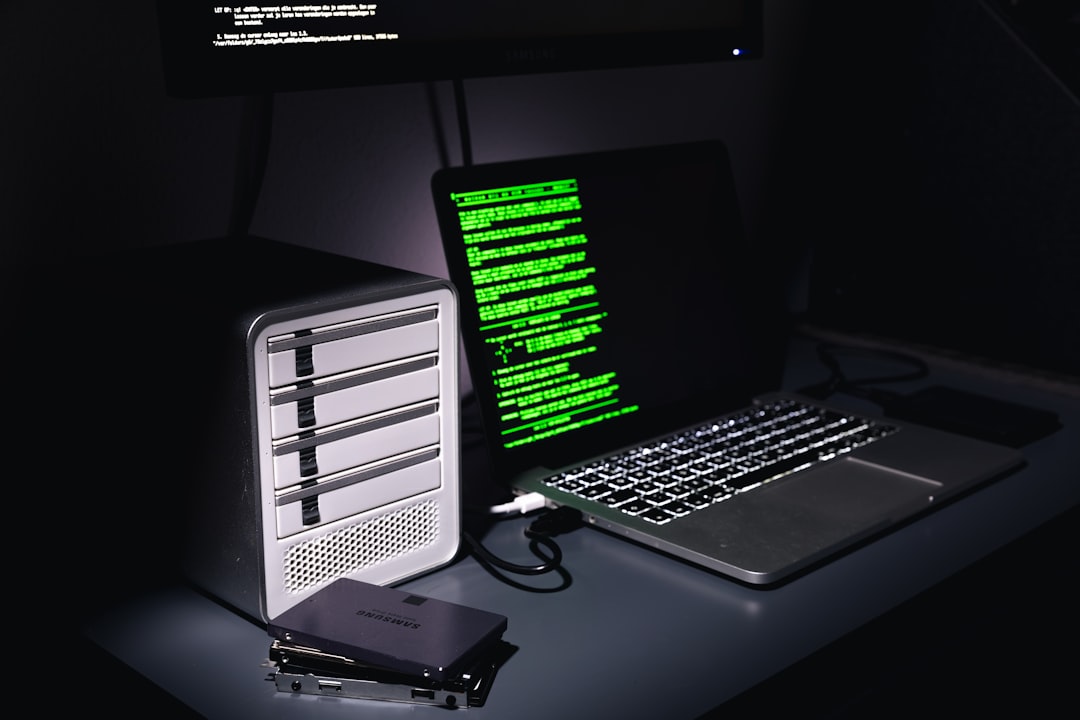
Enhancing IoT Security through Advanced Processor Referral Technology Solutions
The Internet of Things (IoT) has revolutionized the way we interact with technology, but it has also introduced significant security challenges. As billions of devices connect to the internet, ensuring their security becomes paramount. One of the most promising developments in this arena is the utilization of advanced processor referral technology solutions to enhance IoT security.
Understanding the Threat Landscape
Before delving into solutions, it is essential to understand the current threat landscape surrounding IoT devices. These devices, ranging from smart home appliances to industrial sensors, often lack robust security protocols. Cybercriminals exploit vulnerabilities in these devices to gain unauthorized access, leading to data breaches, service disruptions, and even physical damage.
According to a recent report, approximately 70% of IoT devices are considered vulnerable to attack. This alarming statistic underscores the urgency of enhancing IoT security through innovative solutions.
Advanced Processor Referral Technology: A Game Changer
Advanced processor referral technology solutions leverage cutting-edge hardware and software capabilities to bolster the security of IoT devices. These solutions incorporate several key components:
1. Hardware Security Modules (HSMs)
HSMs are dedicated hardware devices that manage digital keys and provide cryptographic processing. By integrating HSMs into IoT devices, manufacturers can ensure secure key management, making it significantly harder for attackers to compromise device security. This hardware-based approach provides a higher level of security than software solutions alone.
2. Secure Boot Processes
Implementing secure boot processes ensures that devices only run authorized firmware during startup. By validating the integrity of the firmware, devices can prevent malicious code from executing. This proactive measure significantly reduces the risk of compromise right from the moment a device is powered on.
3. Real-Time Threat Detection
Leveraging advanced processors, IoT devices can utilize machine learning algorithms for real-time threat detection. These algorithms analyze patterns and behaviors, identifying anomalies that might indicate a security breach. Early detection allows for swift responses, mitigating potential damage.
Case Studies: Real-World Applications
Several companies have already begun incorporating advanced processor referral technology solutions into their IoT security frameworks. For example, a leading smart home manufacturer implemented HSMs across their product line, drastically reducing the risk of unauthorized access. As a result, they reported a 40% decrease in security incidents within the first year.
Similarly, an industrial IoT provider adopted secure boot processes for their machinery, ensuring that only verified software was running on critical equipment. This integration not only enhanced security but also improved operational efficiency by preventing downtime caused by security breaches.
Expert Opinions on IoT Security
According to cybersecurity expert Dr. Jane Mitchell, “The integration of advanced processor technologies is crucial for the future of IoT security. As we continue to see rapid growth in connected devices, the need for robust security measures cannot be overstated.”
Dr. Mitchell’s insights highlight the importance of investing in advanced technology solutions to ensure a secure IoT ecosystem. Organizations must prioritize these advancements to protect against evolving cyber threats.
Future Trends in IoT Security
As technology evolves, so too will the methods employed by cybercriminals. Some emerging trends in IoT security include:
1. Edge Computing
By processing data closer to the source, edge computing reduces latency and enhances security. This decentralized approach minimizes the risk of data breaches during transmission, as sensitive information does not need to travel across the internet.
2. Blockchain Technology
Blockchain technology offers a decentralized ledger that can enhance the security of IoT devices. By ensuring that all transactions and changes are recorded and verified, blockchain can provide an additional layer of security that is tamper-proof.
Conclusion
Enhancing IoT security through advanced processor referral technology solutions is not just an option; it is a necessity in today’s digital landscape. By adopting these innovative technologies, organizations can safeguard their devices against potential threats and ensure the integrity of their systems. As the IoT ecosystem continues to expand, staying informed about these advancements will be essential for both manufacturers and consumers.
For further reading, consider exploring resources like the IoT Security Foundation or NIST’s Cybersecurity Framework to deepen your understanding of best practices in IoT security.
Stay ahead of the curve—subscribe to our newsletter for the latest updates on technology trends and innovations in the field of IoT security. Your vigilance today will pave the way for a safer connected tomorrow.


